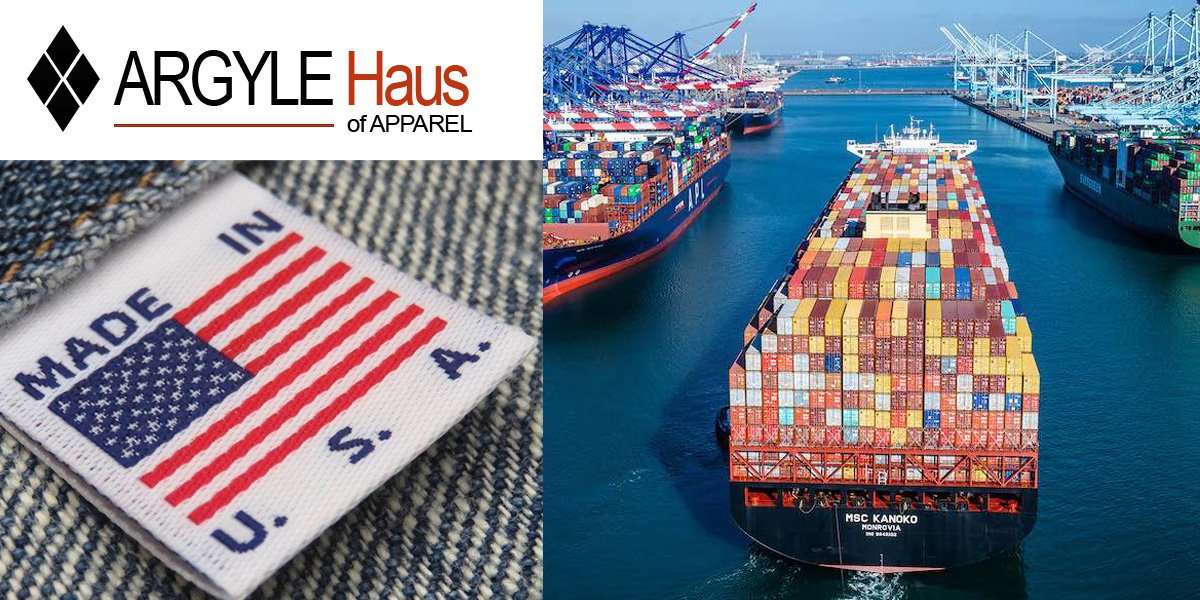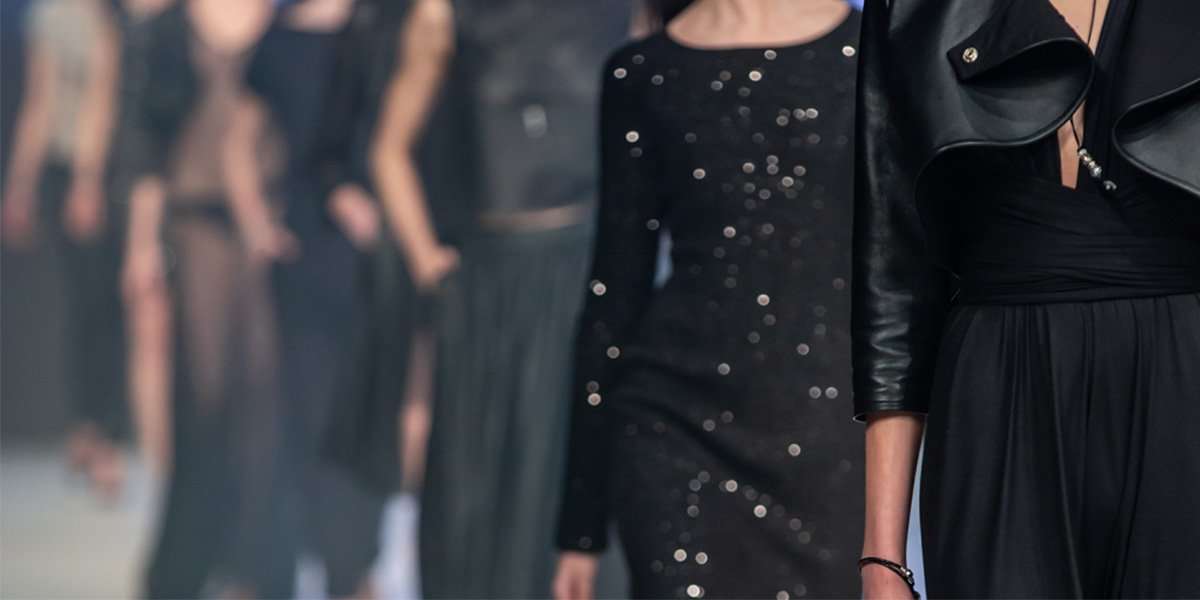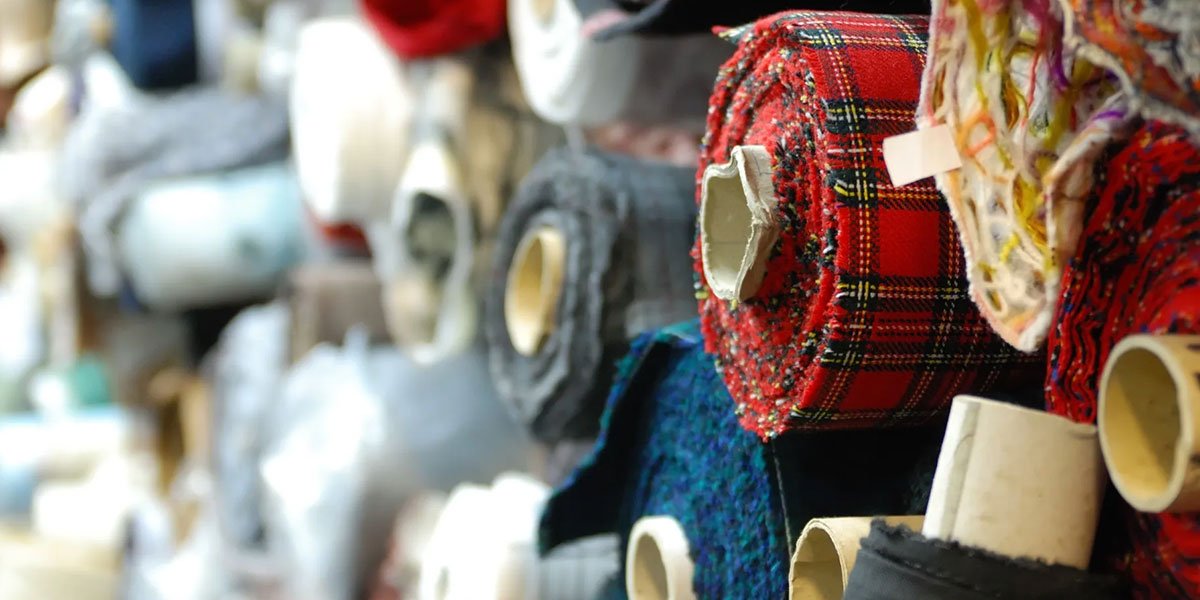Apparel manufacturing cost optimization: In the intricate world of apparel manufacturing, the quantity of pieces ordered can significantly impact the overall production cost. At ARGYLE Haus of Apparel, we understand the dynamics of this industry, and we’re here to demystify the reasons behind the cost variations based on order quantities. While our Minimum Order Quantity (MOQ) stands at 500 pieces per style, we also offer a unique solution known as Less Than Minimum (LTM) costing for clients who wish to order fewer pieces. In this article, we’ll delve into the intricacies of apparel manufacturing cost optimization and shed light on why ordering in bulk leads to substantial savings.

The Power of Quantity:
At ARGYLE Haus of Apparel, we operate with a Minimum Order Quantity (MOQ) policy of 500 pieces per style. This minimum threshold is strategically set to optimize the manufacturing process, offering our clients the best possible pricing for cut-and-sew services. Let’s unravel the economics behind this threshold and why it matters for your bottom line.
Economies of Scale:
At the heart of the cost-effectiveness associated with larger orders lies the pivotal economic principle known as economies of scale. This concept unfolds as the production volume amplifies, causing the fixed costs intricately tied to manufacturing to be dispersed across a significantly greater number of units. Essentially, what this means is that as the scale of production expands, the burden of fixed costs per individual unit decreases. The consequential outcome is a noteworthy reduction in the cost per unit, presenting clients with a more economically viable proposition when they choose to meet our Minimum Order Quantity (MOQ).
In essence, economies of scale illustrate the inherent efficiency and financial advantages derived from operating at an increased production scale. By spreading fixed costs such as equipment setup and calibration, labor force requirements, and facility maintenance across a larger volume of units, manufacturers and clients alike stand to benefit from a lowered average cost per piece. This phenomenon not only underscores the cost-effectiveness of larger orders but also illuminates the strategic rationale behind setting a MOQ. Embracing economies of scale positions both ARGYLE Haus of Apparel and our clients on a mutually beneficial trajectory, fostering a symbiotic relationship where optimized production processes translate into tangible cost savings.
Efficiency in Production:
Attaining the Minimum Order Quantity (MOQ) of 500 pieces per style not only enables us to streamline the apparel manufacturing cost optimization but also unlocks a unique dynamic in the manufacturing process. As we delve into the intricacies of production, the significance of larger volumes becomes apparent. Beyond the initial efficiency gains in sourcing materials, actual manufacturing, and quality control, a critical advantage emerges: the ability to achieve a rhythmic and accelerated production pace, particularly in the final 25% of the manufacturing process.
With larger production runs, we can optimize each step of the production journey, not just in terms of efficiency but also in terms of achieving a harmonious and efficient workflow. As the production volume increases, a factory gains the ability to establish a production rhythm that significantly speeds up the final stages of manufacturing. This rhythm is particularly pronounced in the last 25% of production, where optimized processes and accumulated expertise result in faster output.
This accelerated pace in the final stages of production contributes to enhanced efficiency, reduced turnaround times, and, ultimately, cost savings. The benefits of this optimized rhythm extend beyond the factory floor, translating into substantial advantages for our clients. Time and resources per unit are further minimized, ensuring not only a timely delivery but also tangible cost savings that align with our commitment to providing the most advantageous manufacturing solutions for our clients.
Cost Breakdown:
To grasp the dynamics at play, it’s crucial to understand the breakdown of manufacturing costs. These typically include material costs, labor costs, overhead expenses, and any additional costs associated with specialized processes or features. As the production volume increases, these costs become distributed across a larger number of units, resulting in a lower cost per piece.
Less Than Minimum (LTM) Costing:
Recognizing the diverse and unique needs of our smaller clients, ARGYLE Haus of Apparel stands out as the sole Los Angeles-based factory offering a specialized solution for those who may not meet the Minimum Order Quantity (MOQ) requirements. Our exclusive Less Than Minimum (LTM) costing option distinguishes us in the industry, allowing us to cater to smaller orders with a commitment to flexibility and personalized service.
Unlike other factories, especially those overseas, which rigidly adhere to their respective MOQs, ARGYLE Haus takes pride in its innovative approach with the LTM costing method. This unique offering enables us to accommodate clients with more limited requirements, providing an avenue for low-volume apparel production without the constraints of astronomical costs.
The LTM costing option, while involving a moderate cost increase per piece, typically ranging between 25% and 35%, stands as a far more reasonable alternative compared to the sample rate costs associated with low-volume production elsewhere. This strategic pricing structure reflects our commitment to making high-quality manufacturing accessible and feasible for a broader range of clients.
In essence, ARGYLE Haus of Apparel’s LTM costing option not only sets us apart as an industry leader in Los Angeles but also ensures that even clients with modest production needs can harness the full extent of our manufacturing expertise. Our dedication to flexibility, coupled with transparent and fair pricing, underscores our commitment to empowering clients and fostering successful collaborations in the dynamic world of apparel manufacturing.
Factors Influencing LTM Costs:
The increase in cost for orders below the MOQ is influenced by various factors. These may include adjustments for the efficiency lost in smaller production runs, higher per-unit material costs due to reduced bulk purchasing power, and the need to allocate fixed costs across a smaller number of units. While the LTM option provides flexibility, it reflects the economic reality of manufacturing on a smaller scale.
Transparent Pricing:
At ARGYLE Haus of Apparel, transparency is at the core of our business ethos. We believe in providing our clients with a clear understanding of the factors influencing costs. Our pricing structure, whether for MOQ or LTM, is designed to reflect the actual expenses involved, ensuring a fair and honest collaboration.
Strategies for Apparel Manufacturing Cost Optimization:
While meeting the Minimum Order Quantity (MOQ) stands out as the paramount strategy for clients aiming to maximize cost efficiency, we acknowledge the diverse landscape of market demands and business considerations. Recognizing the need for flexibility in the dynamic world of apparel manufacturing, ARGYLE Haus of Apparel goes beyond conventional approaches by introducing our Less Than Minimum (LTM) pricing method.
For clients navigating unique challenges or operating within specific constraints, our LTM pricing method serves as a bespoke solution. This innovative approach allows us to accommodate smaller orders, providing an avenue for clients with more modest requirements to benefit from our manufacturing expertise.
In essence, the LTM pricing method involves a moderate cost increase per piece, typically ranging between 25% to 35%. This increase is a reflection of the inherent challenges and inefficiencies associated with smaller production runs. However, it remains a far more viable and reasonable alternative compared to the costs often incurred with low-volume production elsewhere.
Benefits of Choosing ARGYLE Haus of Apparel
- Transparency: We believe in open communication about our pricing structure, ensuring that clients understand the factors influencing manufacturing costs.
- Flexibility: Our LTM costing option provides clients with the flexibility to order smaller quantities while still benefiting from our manufacturing expertise.
- Quality Assurance: Regardless of order size, ARGYLE Haus of Apparel maintains stringent quality standards to ensure client satisfaction.
In the dynamic realm of apparel manufacturing, understanding the correlation between quantity and cost is paramount. ARGYLE Haus of Apparel’s commitment to transparency, efficiency, and flexibility positions us as a leader in providing tailored solutions for our clients. Whether aiming for the best possible pricing through MOQ or exploring the LTM option, our goal is to empower you to bring your fashion dreams to life while navigating the intricate landscape of manufacturing economics.
As you embark on your journey with ARGYLE Haus of Apparel, rest assured that our expertise, transparency, and commitment to excellence will be your steadfast companions in the world of clothing manufacturing.






